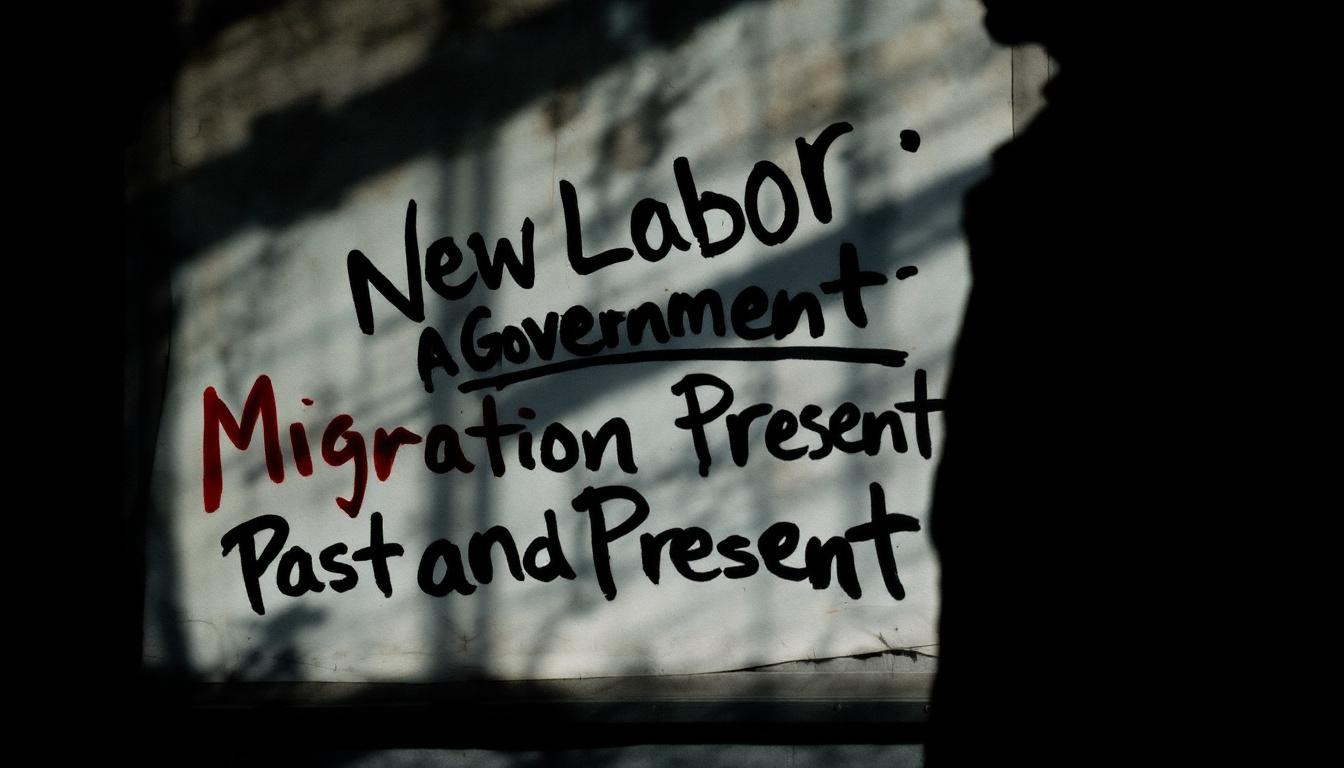Keir Starmer’s recent oscillations over Labour’s stance on immigration highlight the long-standing tensions within the party and its complex relationship with the issue. His party conference address, in which he recounted meeting Joyce Todd, a working-class woman from Oldham concerned about the impact of eastern European migration in her area, was intended to signal a new understanding. Starmer suggested that the Left had underestimated the challenges immigration posed. However, Todd’s account sharply contradicts his: she told The Daily Mail that Starmer had accused her of being racist during their 2015 meeting and now calls him “a liar” who still “doesn’t get it.” This episode encapsulates the fraught narrative around immigration politics in Britain and Labour’s difficulties in balancing its historical policies with voters' concerns.
The roots of Britain’s modern immigration surge lie notably with Tony Blair’s government, which is often credited—or blamed—for opening the borders in ways that have fundamentally reshaped the country. When Blair came to power in 1997, the UK’s population was around 58 million; it now exceeds 69 million despite a falling birth rate, illustrating the significant role immigration has played in growth. Government figures and internal reports at the time reveal that mass immigration was pursued deliberately, partly as a political strategy to “rub the Right’s nose in diversity,” as one Blair adviser put it. Attempts to downplay the social impact of such policies and dismiss critics as racists reflect a strategy to maintain Labour’s grip on power by expanding the electorate through multiculturalism.
Several of Blair’s key aides remain influential in Starmer’s administration, including Jonathan Powell, now the Prime Minister’s National Security Adviser, and Peter Mandelson’s protégé Morgan McSweeney, Starmer’s Chief of Staff. These connections illustrate the continuity between Blair-era strategies and the current government’s handling of immigration rhetoric. In a recent interview, Starmer labelled Nigel Farage “racist” for his stance on restricting migrants' rights, a move seen by some observers as counterproductive and reminiscent of the blunt tactics the Blairites employed decades earlier. Farage himself dismissed Starmer as “a shallow careerist” using race accusations to shield his political position, while McSweeney suggested the Labour leader’s comments were a spur-of-the-moment reaction during a live interview rather than a calculated strategy.
Official statistics underpin the picture of sustained high migration levels. The UK’s immigration inflow is now estimated at roughly 750,000 a year—equivalent to adding a city the size of Leeds annually. This contrasts sharply with the pre-Blair period when migration remained relatively stable at around 200,000 a year. Despite Brexit and Conservative governments, migration has continued at elevated levels, reinforcing the transformative demographic shifts that Labour’s earlier policies helped initiate. Data from the Office for National Statistics (ONS) consistently project continuing population growth driven significantly by net international migration, with implications for public services, housing, and infrastructure planning.
The social and cultural impacts of high immigration are increasingly evident in public sector policies and attitudes. Some argue these shifts have contributed to what has been labelled “wokery” in public institutions, with contentious guidance issued, for example, in the NHS endorsing cousin marriages despite evidence of increased health risks and financial costs. Such guidance has sparked debate about balancing respect for cultural traditions with public health priorities and wider societal integration.
The origins of this immigration strategy hark back to a 2001 Home Office report commissioned under Jack Straw, which asserted immigration’s largely positive economic and cultural effects. Yet, subsequent disclosures by insiders like Andrew Neather reveal that a political motive to transform Britain into a more multicultural society at the expense of the white working-class vote was also a key driver. Efforts to stigmatise Conservative leaders of the time as racists helped deflect scrutiny from the policy and its long-term consequences.
Now, as Starmer follows in Blair’s footsteps by framing political opponents like Nigel Farage and Reform UK as destructive figures threatening national unity, the strategy is widely perceived as alienating a growing number of voters. This approach risks inadvertently bolstering Farage’s profile and electoral prospects, as Labour struggles to reconcile its legacy of mass migration with the contemporary electorate’s concerns and cultural anxieties. The immigration debate remains a powerful challenge for the party as it seeks to navigate political survival amid profound demographic and societal change.
📌 Reference Map:
- Paragraph 1 – [1]
- Paragraph 2 – [1]
- Paragraph 3 – [1]
- Paragraph 4 – [1], [2], [3], [4], [5], [6], [7]
- Paragraph 5 – [1]
- Paragraph 6 – [1]
Source: Noah Wire Services
